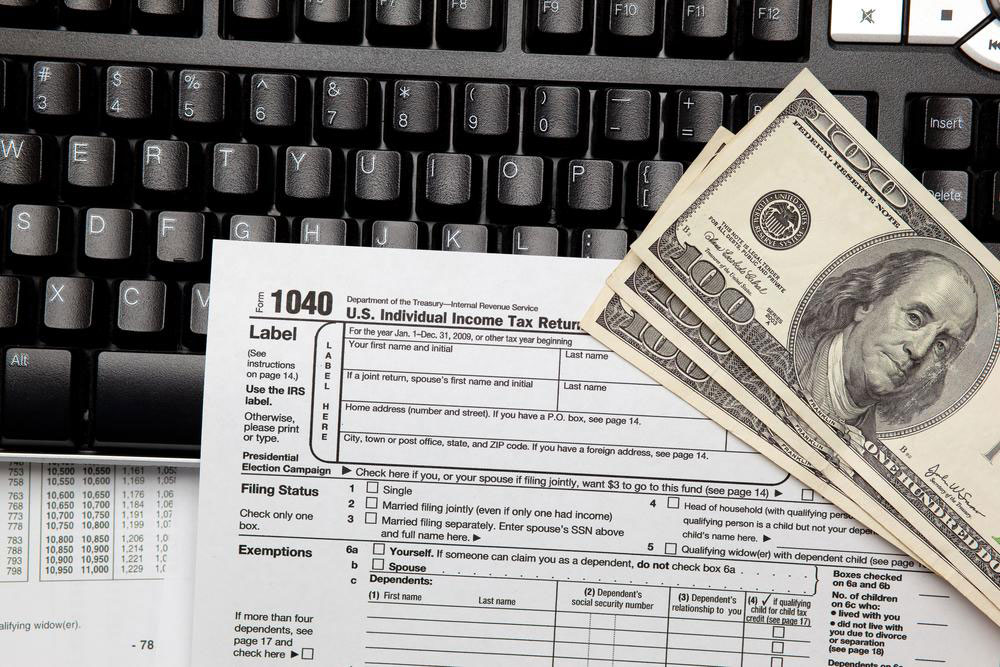How to Extend Your Tax Filing Deadline
Learn practical methods to extend your tax filing deadline, including electronic options via IRS e-file and mailing paper forms. Understand state-specific rules and tips to avoid penalties. Simplify your tax extension process today.
Sponsored

Methods for Requesting a Tax Filing Extension
Preparing your taxes before the deadline is essential, but if you're pressed for time, you can request a six-month extension to submit your tax returns by filing the appropriate form with the IRS. Form 4868 is used to apply for an automatic extension for your individual income tax return in the U.S. Filing for an extension is straightforward and can be done electronically or via mailed paper form.
Electronic Submission
The IRS’s e-file system allows you to send your extension request directly from your computer, either by yourself or through a tax professional. The IRS will confirm receipt electronically, which you can keep for your records. Those earning around $64,000 can access free software for easy e-filing and federal tax preparation. This partnership with software providers makes filing simple and cost-effective.
Filing by mail with Form 4868 is another option if you prefer physical forms. You can download the form from the IRS website, request it to be mailed to you, or call the IRS to receive a copy. For those on fiscal years, mailing the form is often necessary.
State-Level Extension Rules
Each state has its own procedures; some provide a fixed six-month extension, while others require a formal request prior to your original deadline. Some states don’t impose taxes at all. You can find state-specific forms on official websites or through tax software. Remember, extensions apply to filing deadlines, not payment deadlines. To avoid penalties, pay any owed taxes along with your extension request.





